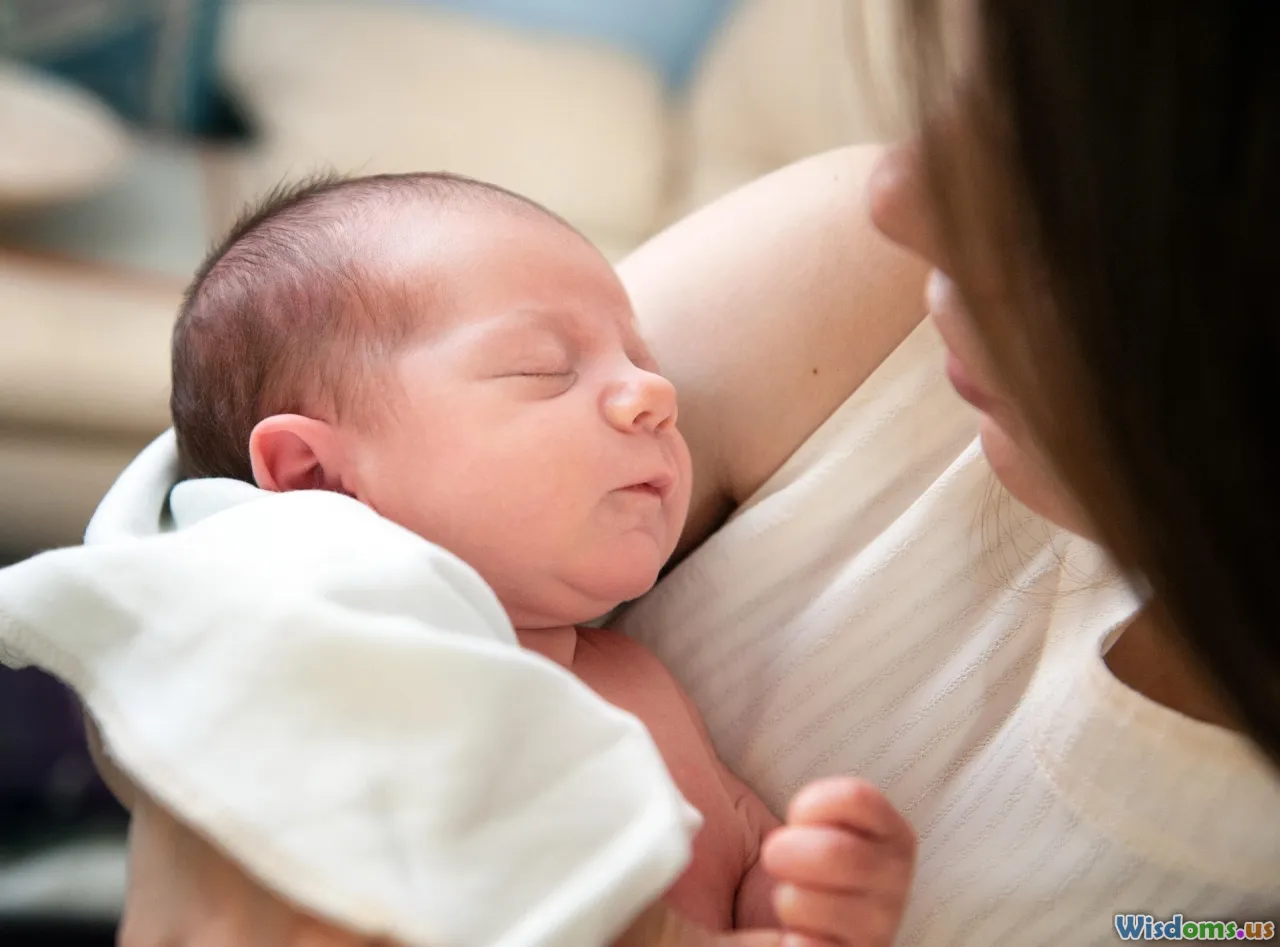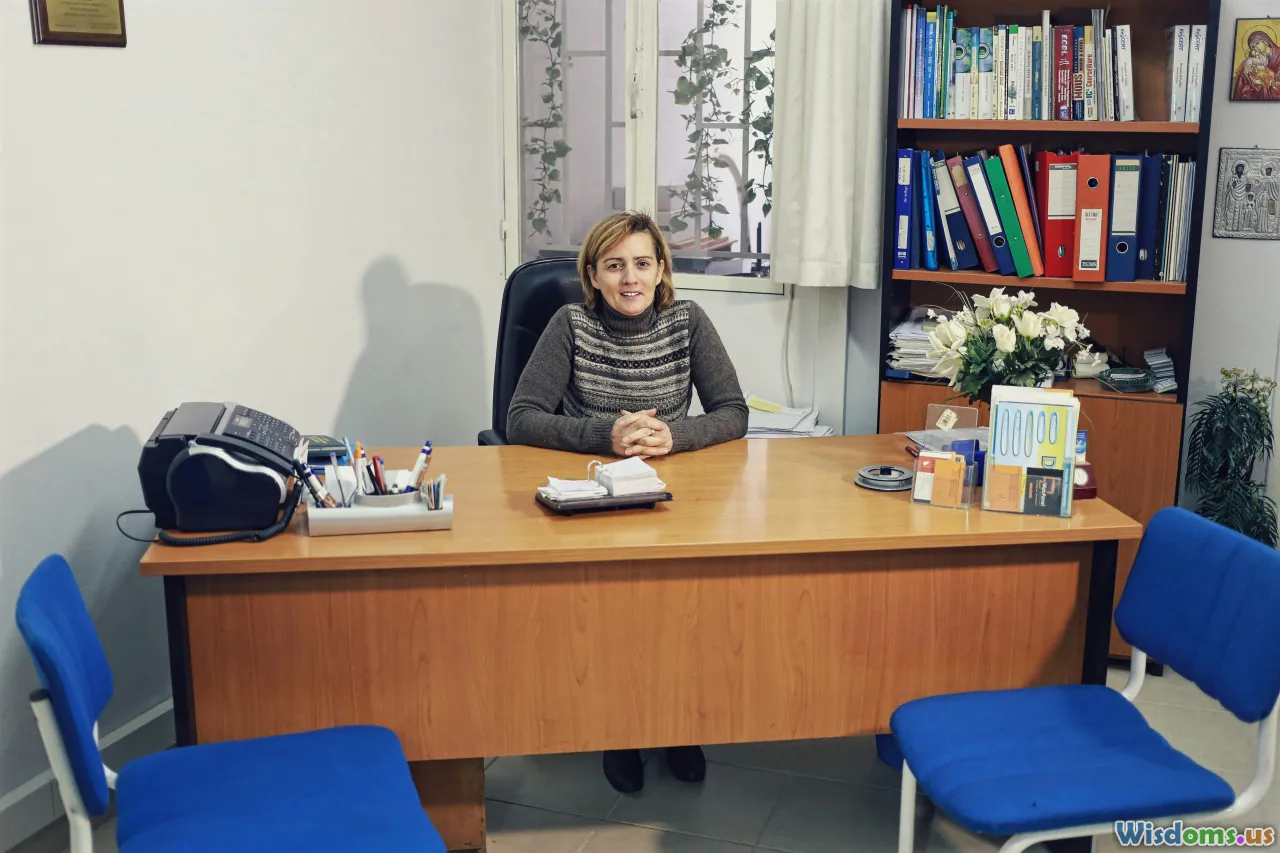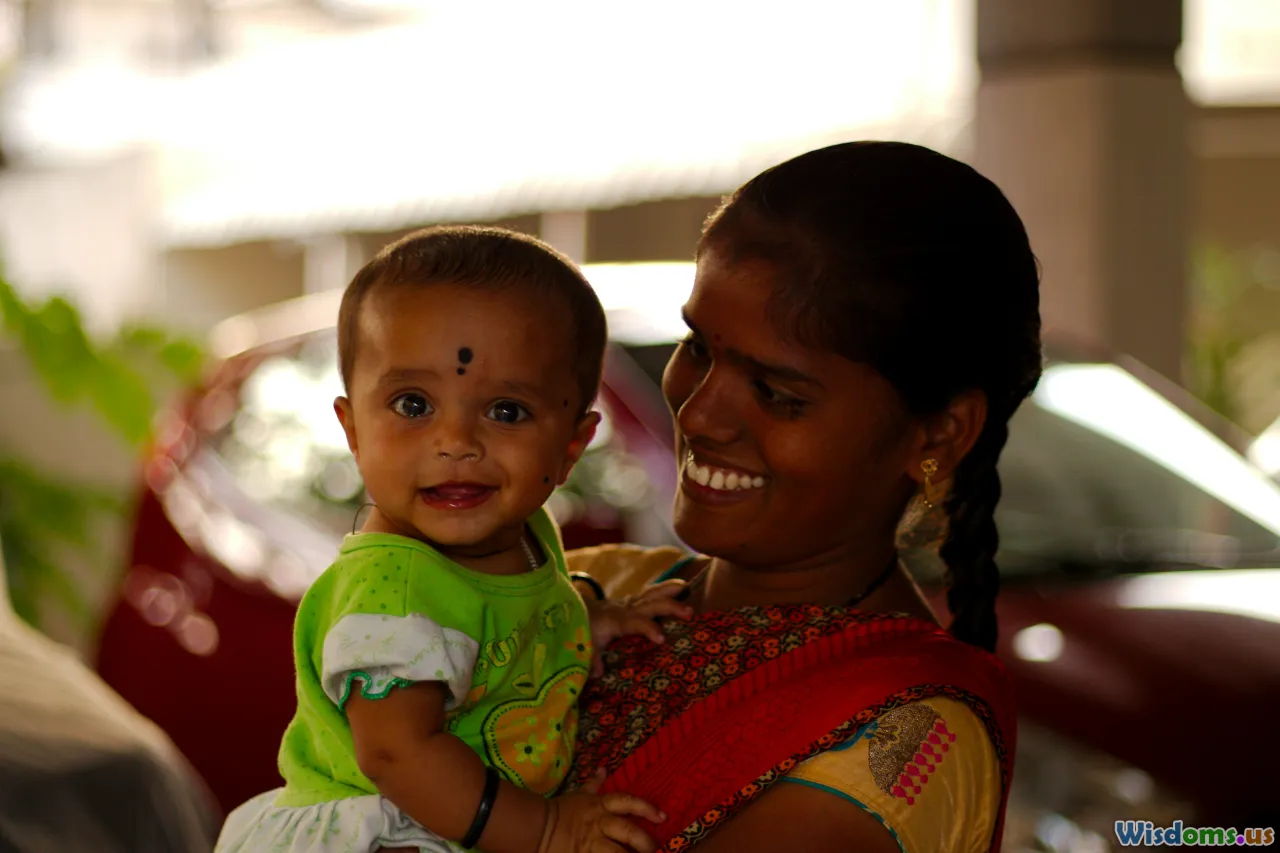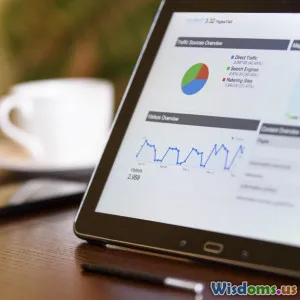
Comparing Parental Leave Policies Across Different Societies
17 min read Examines and contrasts parental leave policies across various countries, highlighting global differences and societal impacts. (0 Reviews)
Exploring Parental Leave Policies: A Comparative Analysis Across Societies
Becoming a parent is one of life’s most transformative experiences. Yet, the degree of support provided to new parents—especially in the form of parental leave—varies dramatically across the world. While some countries emphasize work-life balance and child development, others prioritize economic productivity or leave parental support largely to the private sector. As global conversations shift toward gender equity, economic performance, and the wellbeing of children, understanding these differences becomes as important as ever.
In this deep-dive, we compare parental leave policies, unearthing lessons and trends that societies and policymakers can learn from.
The Nordic Model: Gold Standard or Unique Exception?

The Nordic countries—primarily Sweden, Norway, Finland, and Denmark—are often hailed as torchbearers in parental leave policy. Their commitment to family welfare manifests in both duration and flexibility of leave, as well as generous compensation.
Sweden: A Pioneer in Shared Parental Responsibility
Sweden's parental leave policy provides for a whopping 480 days (around 16 months) per child, shared between parents. Out of these, 90 days are reserved exclusively for each parent—what's often called the "daddy quota"—to encourage fathers' participation in early childcare. Paid at approximately 80% of salary for the first 390 days, the remainder is paid at a flat rate.
This approach has resulted in distinctive outcomes:
- Over 90% of Swedish fathers take some parental leave.
- Improvements in fathers’ long-term involvement in childcare.
- Increase in women's labor participation after childbirth.
Norway and Finland: Generous, Flexible, and Inclusive
Both countries offer parental leave policies that echo Sweden's values. Norwegian parents may split 49 weeks at nearly full pay or 59 weeks at partial pay. Finland’s recent reforms now grant 160 days of parental leave to each parent, designed for greater flexibility and inclusivity—including non-traditional family structures.
However, it's essential to recognize that these policies occur within a broader context: high taxation, universal healthcare, robust public childcare, and strong cultural norms of gender equality. For other societies, replicating the Nordic model isn't just about copying the leave policy but also addressing these supporting frameworks.
Contrasts in Continental Europe: Progressive Versus Conservative Approaches

Moving south and west across the European continent, there’s a discernible shift in parental leave structures—reflecting differences in cultural values, economic priorities, and traditional family arrangements.
France: Short but Comprehensive
France offers 16 weeks paid maternity leave (with more for a third child), and 11 days paternity leave fully paid for fathers, recently increased to 28 days. Both parents are also eligible for extended (but much less generous) "parental education leave" if they wish to pause their career beyond the initial period.
France’s support for early childhood is reflected more strongly in affordable, high-quality daycare infrastructure and universal preschool rather than extended home caretaking time.
Germany: Flexibility to Match Modern Families
Germany’s parental leave (Elterngeld) offers parents up to 14 months of paid leave, shared as they see fit, with at least two months reserved for each parent. The policy pays up to 67% of wages (with a cap), encouraging both parents to participate. A "parental allowance plus" lets parents combine part-time work with part-time leave spread out over a longer period, supporting a gradual return to work and allowing a smoother work-family transition—popular with double-earner families.
The cultural dynamic: Despite policy openness, women in Germany still end up taking most leave, reflecting social norms regarding motherhood and childcare duties.
Southern Europe: Family Ties Fill the Gaps
Italy and Spain, while offering basic maternity and paternity leave (Italy: 5 months for mothers, 10 days for fathers), generally see shorter policies than Nordic and Western European peers. Strong reliance on extended family networks bridges the support gap, particularly for mothers returning to work. However, low birth rates and slow improvement in gender equality at home and in the workplace hint at challenges that limited formal support can’t always overcome.
North America: Stark Gaps and the Patchwork Approach

Parenting in the United States or Canada can present radically different experiences even between neighboring regions. Both countries lack the uniform, generous approaches of many European peers, leading to questions about economic, social, and gendered outcomes.
United States: The Outlier Among Developed Economies
The U.S. is almost alone among high-income countries in not guaranteeing paid parental leave at the federal level. The Family and Medical Leave Act (FMLA) mandates 12 weeks of unpaid leave for eligible employees, but:
- Only covers roughly 60% of the workforce (based on business size and employment length).
- Many families cannot afford to take advantage of unpaid leave.
Some states are plugging the gap. California, New York, and several others enacted paid leave policies offering 60–70% wage replacement for several weeks. Still, businesses and low-income parents face hurdles from inconsistent coverage, eligibility constraints, and bureaucratic barriers.
The consequences:
- The U.S. has lower maternal labor force participation post-birth compared to Western Europe.
- A 2019 UNICEF analysis ranked the U.S. last among 41 high- and middle-income countries in terms of family-friendly policies.
Canada: More Comprehensive, But with Gaps
Canada offers 15 weeks of maternity leave and up to 69 additional weeks of shared parental leave. The difference? Payment levels: maternity benefits are about 55% of average weekly earnings, and the parental benefit can be spread over 35 or 61 weeks at standard or lower replacement rates. Some provinces supplement federal policies with greater protections.
Yet working mothers (especially those in low-wage or precarious work) remain under-covered, owing to eligibility criteria tied to insurable employment. Research also shows uptake of paternity leave is low, perpetuating gender imbalances in time spent away from work for caregiving.
East Asia: Economic Dynamism, Cultural Hurdles

East Asian economies, recognized globally for their productivity, have pursued policy reforms in parental leave to address slow birth rates and boost gender equality—but with mixed success.
Japan: Generous Policies, Social Barriers
Japan offers ostensibly generous leave—up to a year for both mothers and fathers, at two-thirds of salary with notable caps. However, real-life uptake tells another story:
- In 2021, over 80% of eligible mothers took parental leave, but only around 7% of fathers did.
- Cultural stigma exists against men taking leave, with concerns of career stagnation or workplace alienation.
- Many parents rely on grandparents or return to work quickly due to job pressure, lessening policy effectiveness.
South Korea: Policy Innovations, Uptake Challenges
South Korea similarly enables both parents to take up to a year of paid leave at 80% wage replacement (subject to a maximum ceiling). Key reforms since 2008 include incentives for fathers, such as the "Daddy Months"—making part of the leave only available if the father claims it.
Results are incremental: While paternal participation has risen, it remains under 20%. Deep-rooted expectations about mothers as primary caregivers remain a barrier, even as the government pushes toward greater gender balance.
Other East Asian nations, such as China and Taiwan, are gradually improving leave duration and pay, particularly in urban areas. However, stark disparities between public and private sectors and between urban and rural residents limit equitable policy impact.
Emerging Economies: Gaps in Law and Practice

Across Africa, Latin America, and parts of South Asia, the context for parental leave is shaped by economic challenges, large informal labor markets, and evolving social norms.
Brazil: Progressing Policy, Patchy Coverage
Brazilian mothers are entitled to 120 days (around 4 months) of paid maternity leave at full pay—better than many global peers. In some industries, fathers get five days of paid leave, and companies in the private sector can opt into government-encouraged schemes to extend paternity leave.
However, a significant issue is that over 40% of women work informally, with little to no access to job protections or paid leave. Rural-urban disparities further obscures the universality of formal parental rights, and mothers in the informal economy often return to work quickly or rely heavily on extended families during postpartum recovery.
India: Historic Growth, Continued Challenges
Following the Maternity Benefit (Amendment) Act, 2017, Indian women’s paid maternity leave increased from 12 to 26 weeks—among the more generous mandates worldwide. However:
- No legal provision for paid parental (paternity) leave in most sectors.
- Only applies to employees in organizations of a specific size and in the formal sector.
Given that more than 85% of employed women in India work in informal settings, only a small fraction of mothers can actually use these legal rights, while fathers are almost entirely left out of the conversation.
South Africa: First Steps Toward Fairness
In 2019, South Africa introduced ten days of paid parental leave for fathers and same-sex couples—a marked departure from previously mother-only protection. However, uptake remains low, and the policy’s impact is blunted by the reality that over half the labor force works informally, while social and workplace support structures lag behind.
Business and Society: Workplace Trends and Cultural Evolution

For many parents, the experience of combining work and family life doesn’t hinge only on government policy—it is increasingly shaped by changing workplace cultures, private employer initiatives, and shifting gender expectations.
Private Sector Innovations
Major multinationals and progressive employers—Google (18 weeks for mothers, 12 for fathers), Netflix (up to a year!), and Unilever (16 weeks globally, for both parents)—now exceed statutory requirements in an effort to attract and retain talent. In the U.S., where statutory paid leave is lacking, these benefits are especially prized by employees—though typically concentrated among high-skilled or white-collar workers, contributing further to socioeconomic inequalities.
Societal Influences
Attitudes about parenting, gender roles, family obligations, and the meaning of "work" profoundly shape both the design and uptake of parental leave. For example:
- Japan and Korea: Generous law, low paternal uptake, persistent gender expectations.
- Nordic Europe: Law and culture reinforce each other, producing high male participation and sustained economic equality.
- Southern Europe & Latin America: Family and community play outsized roles where state support is limited.
Survey evidence and workplace case studies reveal that societal support for gender equality, flexible work norms, and tangible leadership from top management all increase use of parental leave by men, bridging longstanding participation gaps.
Key Lessons for Policymakers and Employers

A nuanced look at parental leave reveals several actionable insights and best practices:
-
Design Leave as Gender-Neutral and Mandatory
- Reserved quotas for fathers (e.g., Sweden's "daddy quota" or South Korea’s "Daddy Months") increase male participation and support equality.
-
Ensure Adequate Compensation
- Leave must be paid enough to be accessible for low-income parents, not just those with financial buffer.
-
Support Informal Workers
- Expanding access to benefits—direct cash transfers, community support, or universal allowances—can bridge the formal-informal divide seen in many developing economies.
-
Workplace Flexibility
- Options for part-time return, flexi-hours, and remote arrangements are as important as formal durations.
-
Normalize Uptake Through Leadership
- Visibility from senior leadership and broad campaigns challenge lingering gender stereotypes and foster active role-sharing in childcare.
Parental leave’s impact resonates across generations. Children benefit not just from longer time with caregivers, but from role models who break gender norms and workplaces that foster holistic wellbeing.
The world’s patchwork of parental leave policies reflects both progress and persistent divides. How societies and organizations choose to adapt in the coming years won’t merely shape parents’ experiences—it will play a central role in building healthier, more equitable futures for children, working families, and the broader community alike. As public debate evolves, drawing lessons from around the world helps illuminate which paths foster resilience and human flourishing, pointing the way toward new possibilities for every parent and child.
Rate the Post
User Reviews
Popular Posts
















